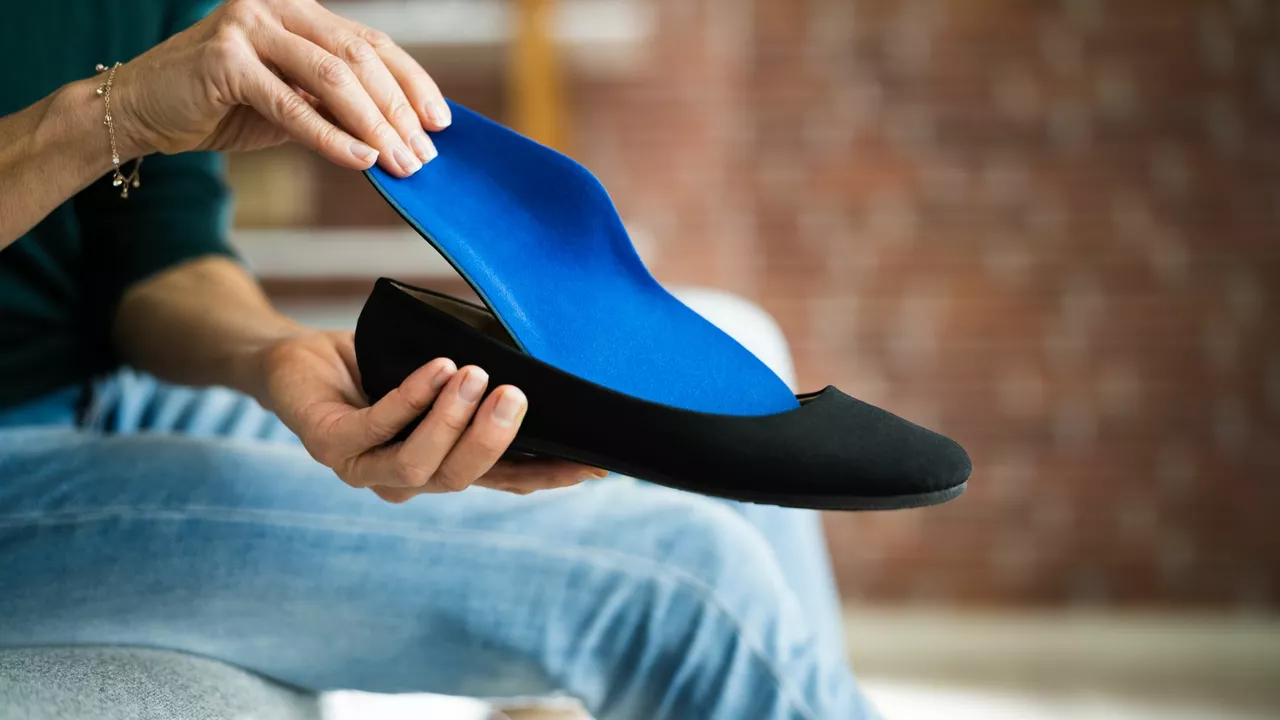The Importance of Footwear in Racing
In the world of motorsports, every piece of equipment is crucial - and the drivers' shoes are no exception. The type of shoes a race car driver wears can significantly affect their performance on the track. It might seem trivial, but the kind of sole a shoe has - hard or soft - can make all the difference in a race. Let's delve into why this is so important.
Understanding the Design of Racing Shoes
Racing shoes are not your ordinary sneakers or boots. They have been specifically designed to meet the unique demands of race car driving. The design of these shoes is a blend of safety features, comfort, and functionality. The shoes must be lightweight, offer excellent pedal feel, and protect the driver's feet in the event of a fire. This is why you'll find that most racing shoes are made from fire-retardant materials.
The Debate: Soft Soles Vs. Hard Soles
When it comes to the soles of racing shoes, there's an ongoing debate about whether soft or hard soles are better. Some drivers swear by soft-soled shoes, while others prefer hard-soled ones. Both have their advantages and drawbacks, and the choice often comes down to personal preference and driving style. Let's break down the differences.
Soft-Soled Racing Shoes
Soft-soled racing shoes are favored by many drivers for their superior pedal feel. The softer sole allows the driver to feel the pedals better, which can improve their control over the car. This can be particularly beneficial in situations where precise throttle control is required. However, soft-soled shoes tend to wear out faster than their hard-soled counterparts, given the high-pressure environment of racing.
Hard-Soled Racing Shoes
On the other hand, hard-soled racing shoes are known for their durability. They tend to last longer than soft-soled shoes, which can make them a more cost-effective choice in the long run. However, they usually provide less pedal feel than soft-soled shoes, which can be a disadvantage for some drivers. Nonetheless, some drivers prefer them as they can provide more foot support, reducing foot fatigue during long races.
Factors Influencing the Choice of Sole
Several factors can influence a driver's choice of shoe sole. These can include the type of car they drive, the nature of the track, and even the weather conditions. For instance, drivers of cars with heavy clutch pedals might prefer hard-soled shoes for the extra support they offer. Similarly, in wet conditions, a hard sole may provide better grip on the pedals.
Safety Considerations
Regardless of the type of sole, safety is paramount in racing shoes. Therefore, all racing shoes should meet the safety standards set by motorsport governing bodies. These standards ensure that the shoes provide adequate protection against fire and offer sufficient foot support to prevent injuries.
Notable Brands and Models
Several brands offer high-quality racing shoes with either soft or hard soles. Some of the most famous brands include Alpinestars, Puma, and Sparco. Each brand has several models to cater to different preferences and budgets.
Choosing the Right Racing Shoes
Choosing the right racing shoes is a matter of personal preference. It's crucial for drivers to try different types and brands to find the one that fits best and meets their specific needs. The right shoes can enhance a driver's performance and improve their safety on the track.
Conclusion: It's all about Personal Preference
In conclusion, whether a race car driver chooses soft or hard-soled shoes often comes down to personal preference. Each type has its advantages and disadvantages, and the choice can depend on various factors such as the driver's style, the car they drive, and the track conditions. The most important thing is that the shoes meet safety standards and feel comfortable for the driver. After all, comfort and safety can go a long way in enhancing a driver's performance on the track.
